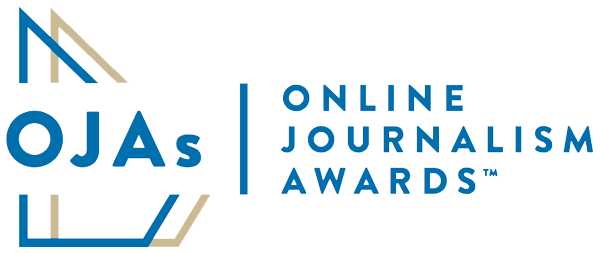Organization
NBC News
Award
Excellence in Social Media Engagement, Large Newsroom
Program
2025
Entry Links
Link 1
Link 2
Link 3
Their families loved them, missed them and in some cases were still searching for them: Victor Carl Honey. Michael Dewayne Coleman. Aurimar Iturriago Villegas.
But to the University of North Texas Health Science Center, each body was merely a number — 91187, 96049, 91808. And each of their body parts had a price.
“Dealing the Dead,” a yearlong NBC News investigation into the lucrative body brokering industry, documented how the corpses of hundreds of unclaimed people — the poor and vulnerable, many homeless and mentally ill — were dissected by students, or chopped up and leased out across the country to researchers and medical technology companies.
Heads went for $649. A pair of feet were $330. The fee for a whole body: $1,400. Torsos were used to market a new back pain procedure. Skull bones were used to train Army personnel.
But none of the dead had consented to this treatment, and in many cases it was done without their relatives’ knowledge.
Through narrative investigative articles on NBCNews.com, accompanied by videos on NBC’s “Nightly News,” the reporting team brought to light the unethical treatment of the unclaimed dead and helped families learn what happened to their missing loved ones, often in excruciating circumstances.
The reporters discovered that the problems went far beyond Texas. A disgraced former chiropractor in Las Vegas easily pivoted to dealing bodies from a strip mall. A public hospital in South Carolina shipped a veteran’s body to a for-profit body broker without notifying his family that he was dead. A major medical technology company relied on unethically obtained human remains to grow profits.
Tracking down the families of the unclaimed dead and determining what happened to their remains was a formidable challenge requiring months of digging. No government agency could provide a full accounting of the University of North Texas Health Science Center’s body donation program. To fill the gaps, reporters obtained thousands of pages of government documents, emails and data through hard-fought public records requests and built complex original datasets totaling tens of thousands of fields.
After finding families through social media and public records, the reporters took on the agonizing work of notifying them that their loved ones had died and that their bodies had been misused.
“It’s a very painful thing,” a mother said upon learning that her 21-year-old daughter’s body had been used for research. “She’s not a little animal to be butchered, to be cut up.”
The investigation would not have been possible without Susan Carroll, who died suddenly in May 2024, midway through the reporting process. Her colleagues sought to finish the work that she had begun, resulting in this powerful and influential investigation, which includes her final bylines.
We worked with reporters, editors, photographers, and illustrators to create the attached social assets to tell this powerful story.
The Online Journalism Awards™ (OJAs), launched in May 2000, are the only comprehensive set of journalism prizes honoring excellence in digital journalism around the world.
